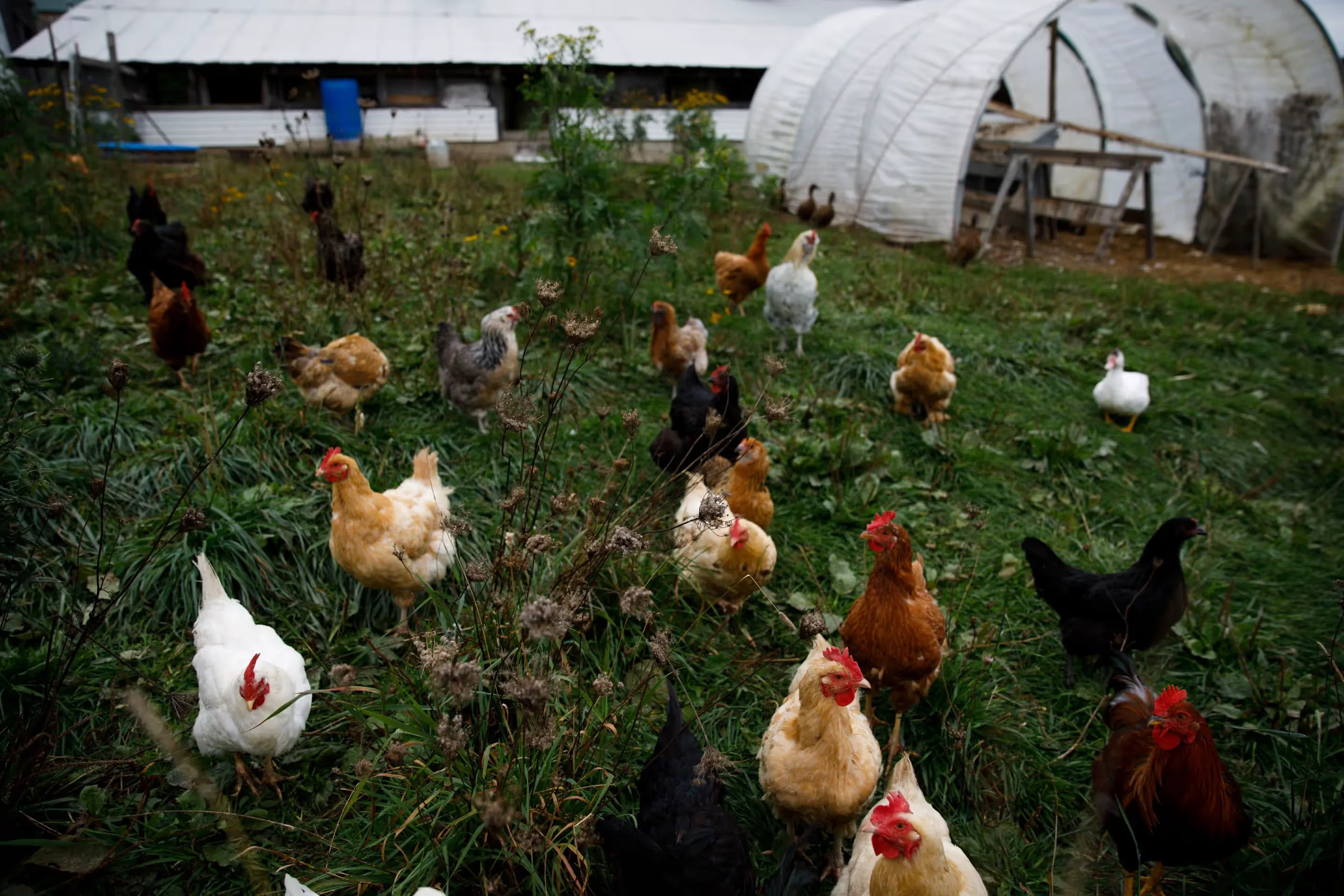
March 4, 2024
|
Abby Farnham
Every five years, the USDA National Agricultural Statistics Service conducts the Census of Agriculture, the most comprehensive source of agricultural data that informs decisions and funding levels for policies and programs that directly impact farmers. The 2022 Census of Agriculture data was released on February 13, 2024.
While there are some positive trends, the results of the 2022 Ag Census underscore the challenges facing Maine agriculture - and why we all must continue to act together to support farms and protect farmland.
Read on for some of our key takeaways, or download a PDF copy here.
Maine farms and farmland are continuing to decline, with 564 farms and 82,567 acres of farmland falling out of agricultural production between 2017-2022.
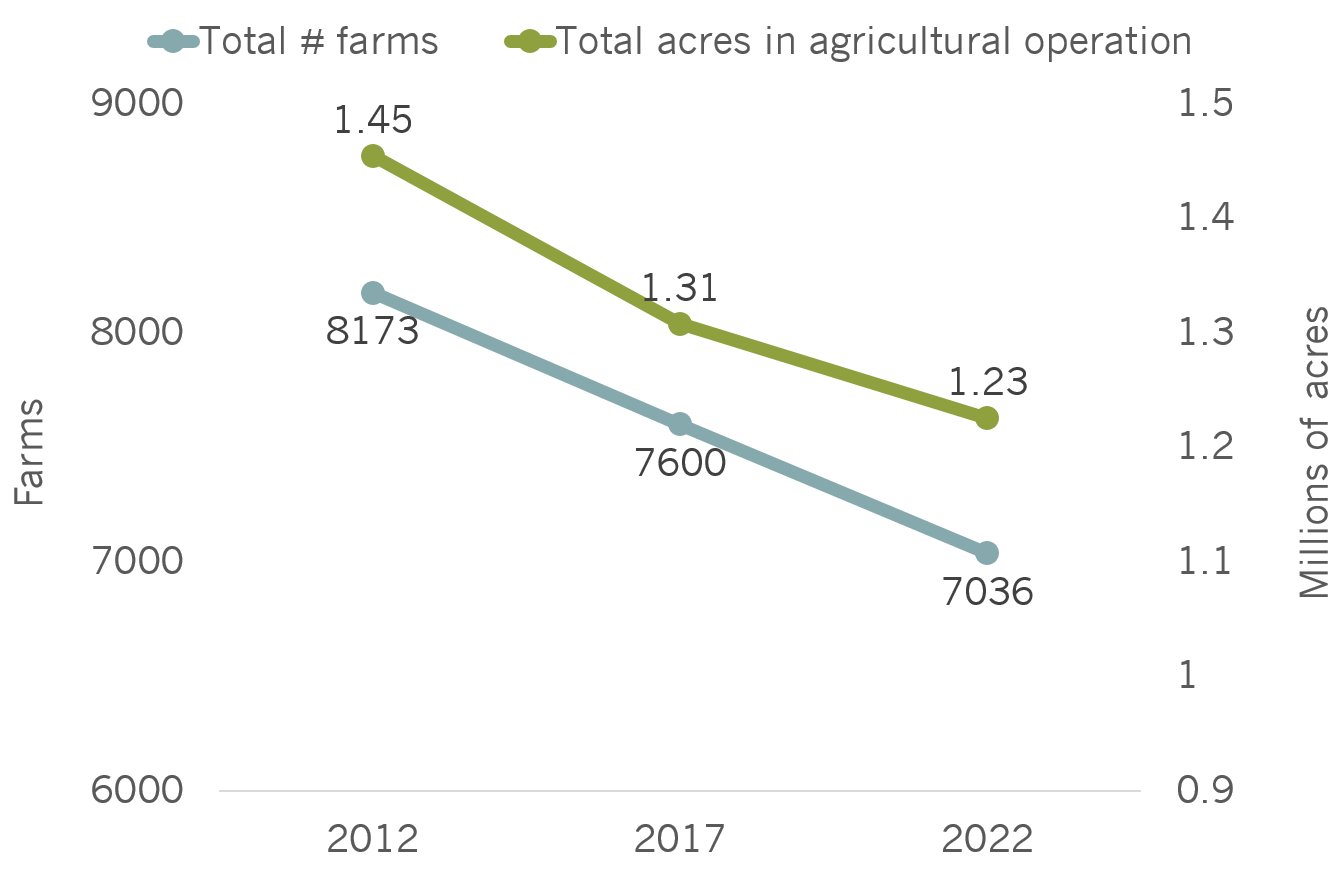
Some of the most dramatic changes in Maine farm operations are in the animal and livestock categories.
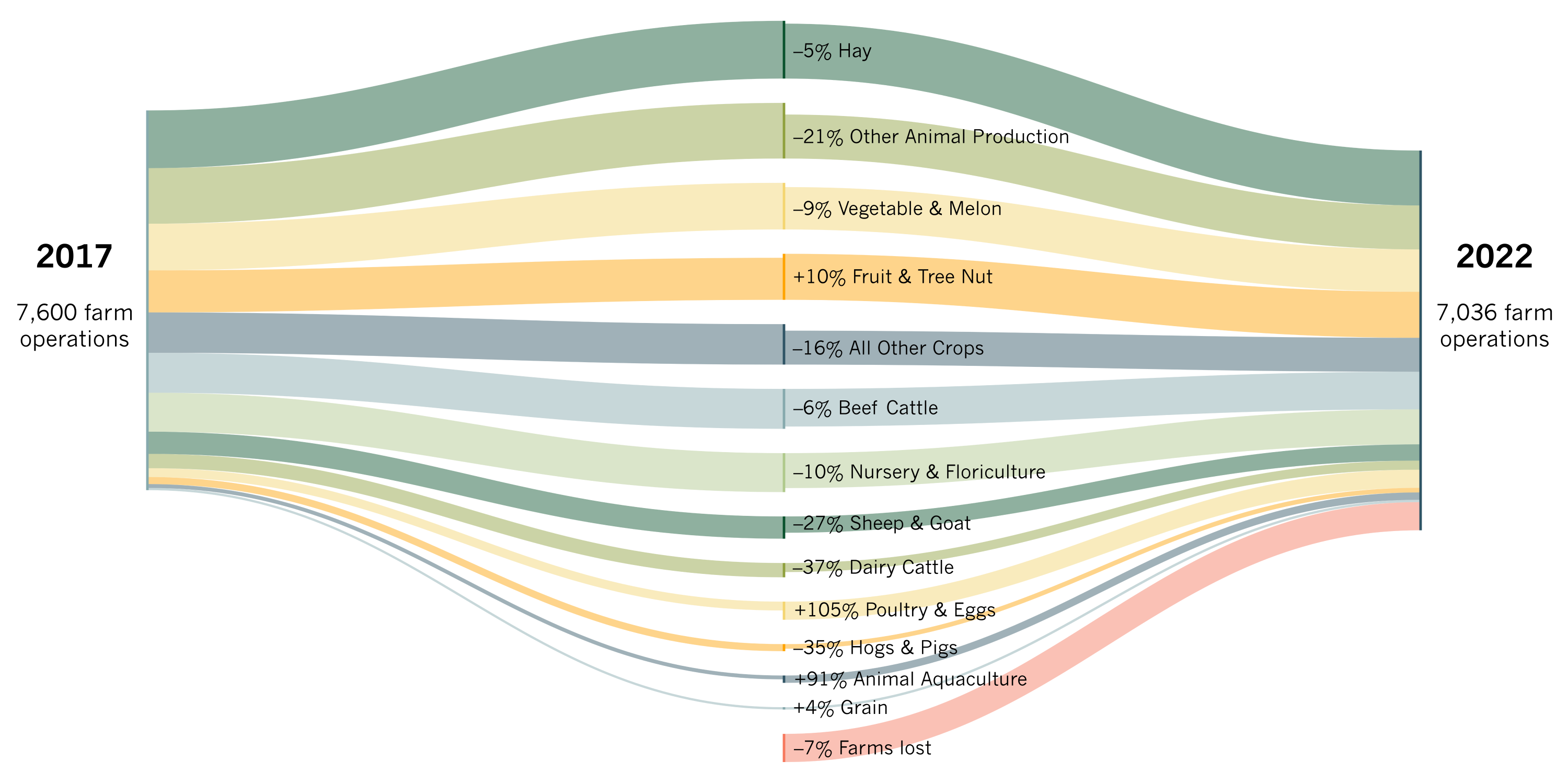
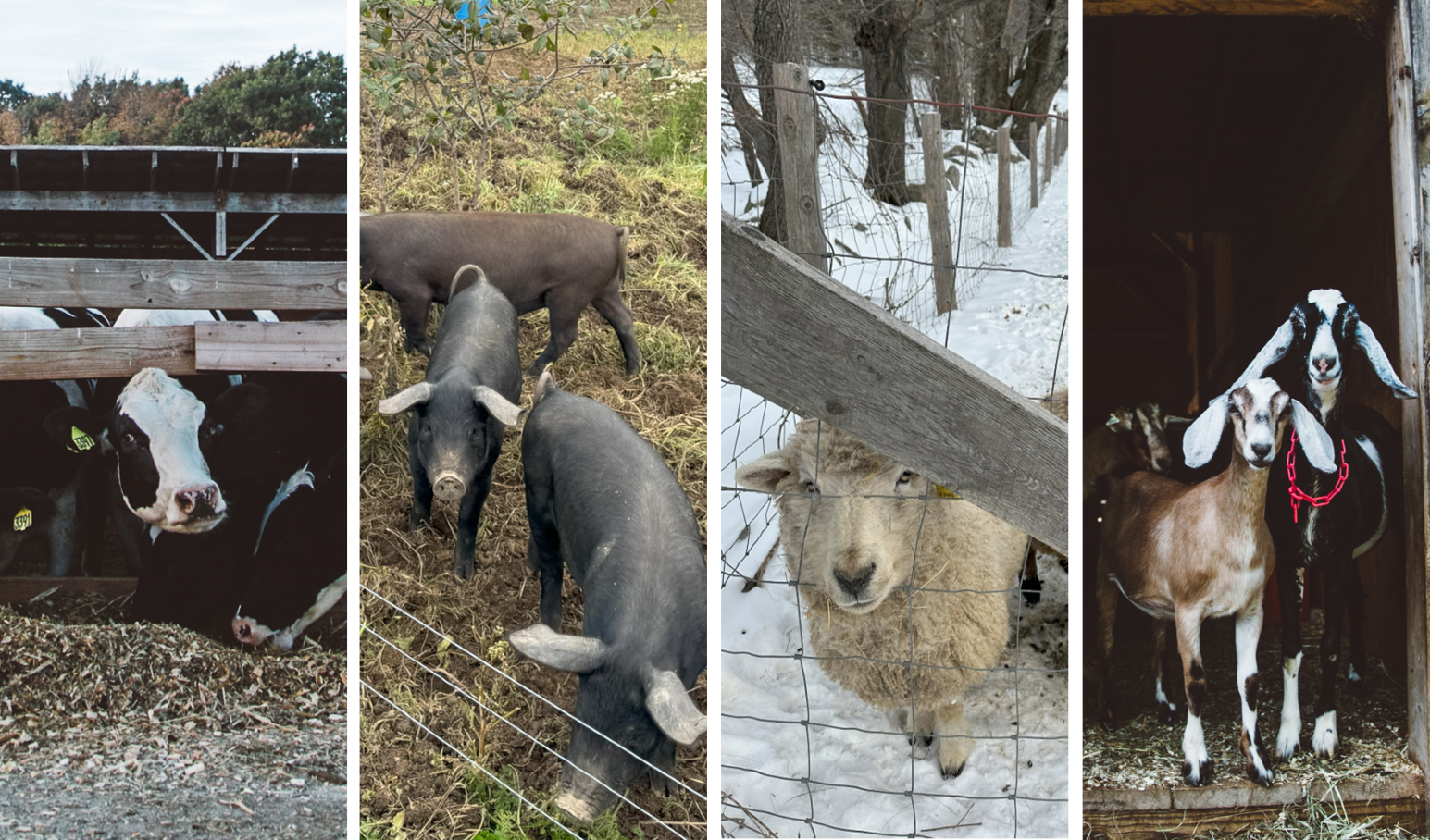
From 2017 to 2022, the number of farms with dairy cattle and hogs & pigs as their primary production type decreased by more than 30%, while sheep & goat and other animals* decreased by more than 20%. (*this category includes horses, bees, rabbits, and other fur-bearing animals)
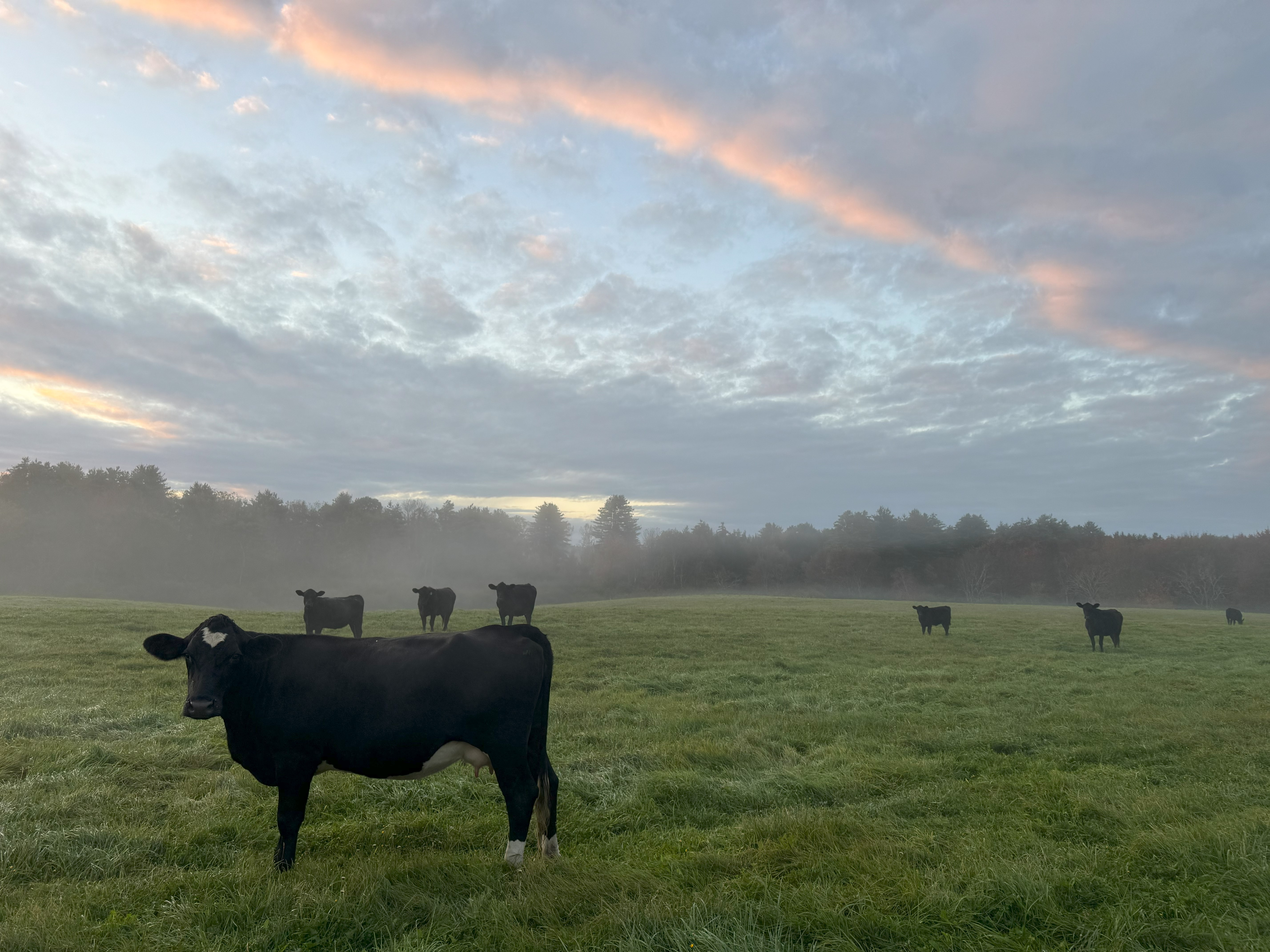
While there was some decrease in the number of Maine farms primarily producing beef cattle (-6% from 2017-2022), beef operations are holding fairly steady in comparison to other large animal operations.
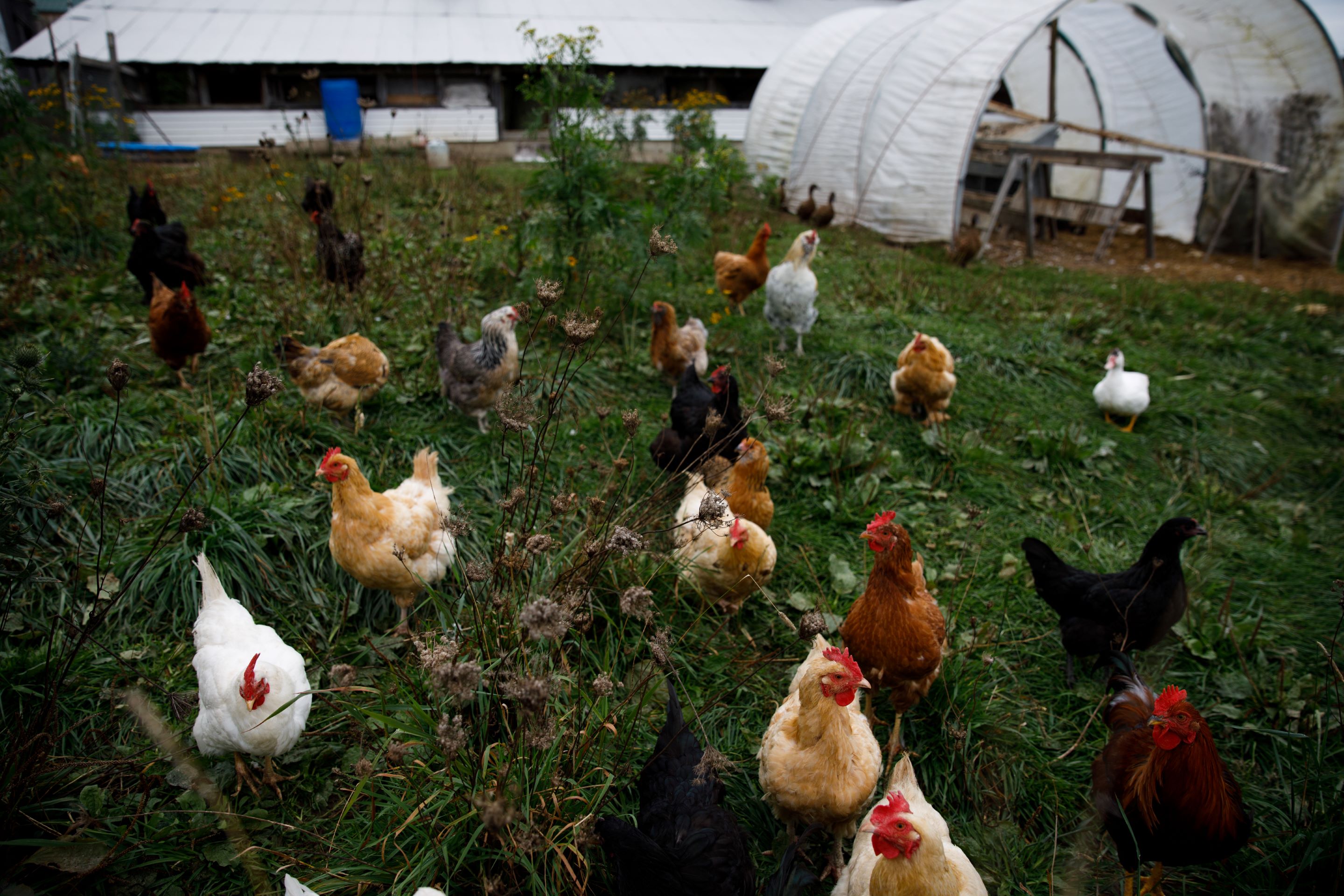
The number of Maine farms raising poultry & eggs has more than doubled over the last five years - from 177 farms in 2017 to 363 in 2022! (Where do you get your farm-fresh eggs?)
Some good news: The total value of sales for Maine farms increased by over $200 million, and the average sales per farm increased by 40%.
Between 2017-2022, the total sales for Maine farms increased from $666,962,000 to $869,526,000. Average sales per farm increased from $87,758 to $123,582 in 2022.
However, 75% of Maine farms still had fewer than $25,000 in total sales in 2022, and an increase in farm production expenses is affecting the bottom line for Maine farms.
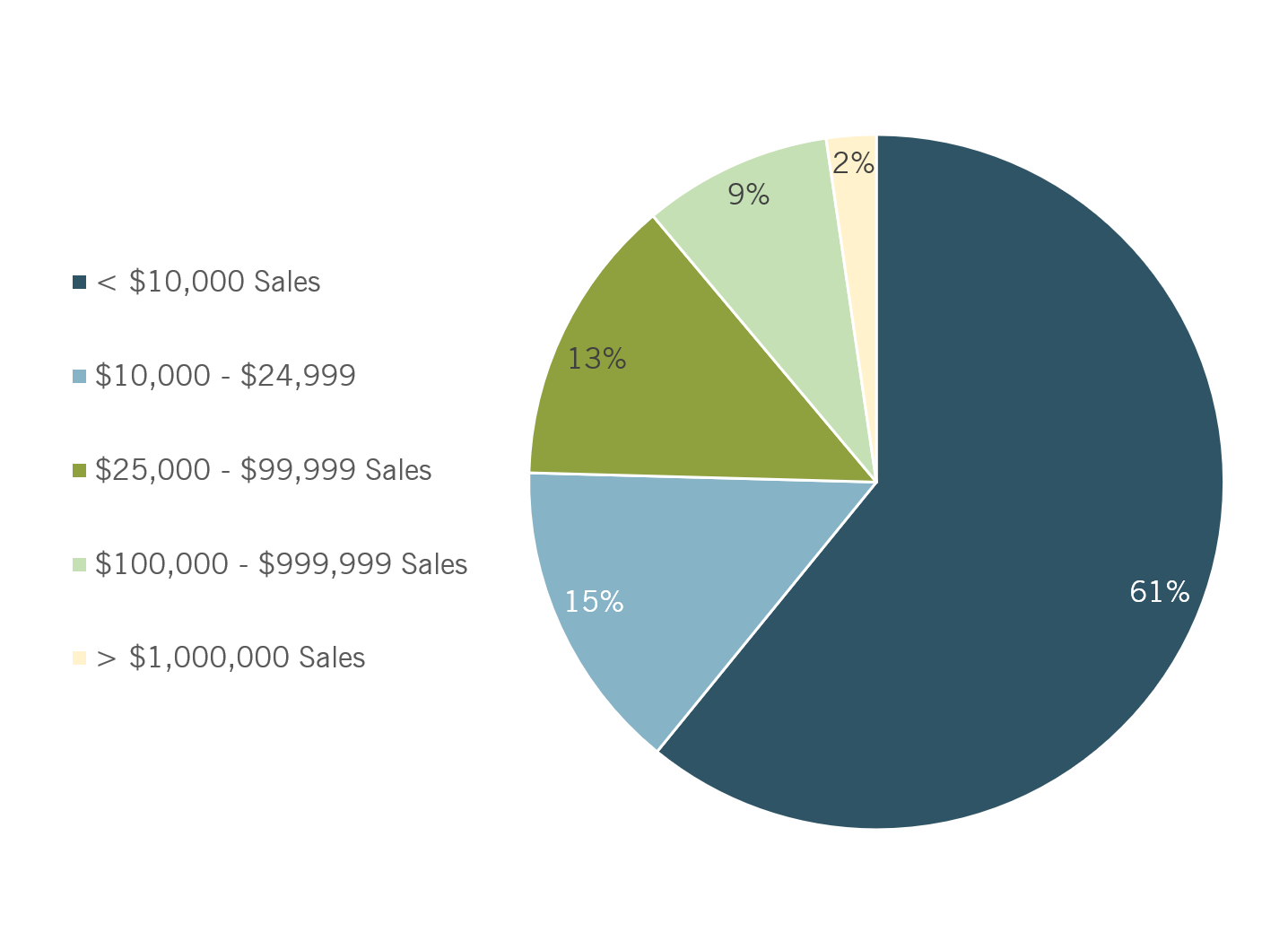
The average cost of production per farm increased by 24% between 2017 and 2022, going from $77,179 to $96,012. For a positive trend, the average net farm income increased from $16,958 in 2017 to $35,935 in 2022. However, 63% of farms in Maine still operated at a net loss in 2022.
The data point to viability challenges for Maine farms, as well as the significant contributions farms are making to the local economy, since many of the purchases by farms are made locally.
The average age of Maine’s farmers increased from 56.5 to 57.5 years, emphasizing the need for targeted support with farm succession.
Between 2017 and 2022, the number of producers age 65 and older increased by 18%, whereas the number of producers under age 44 increased by less than 2%.
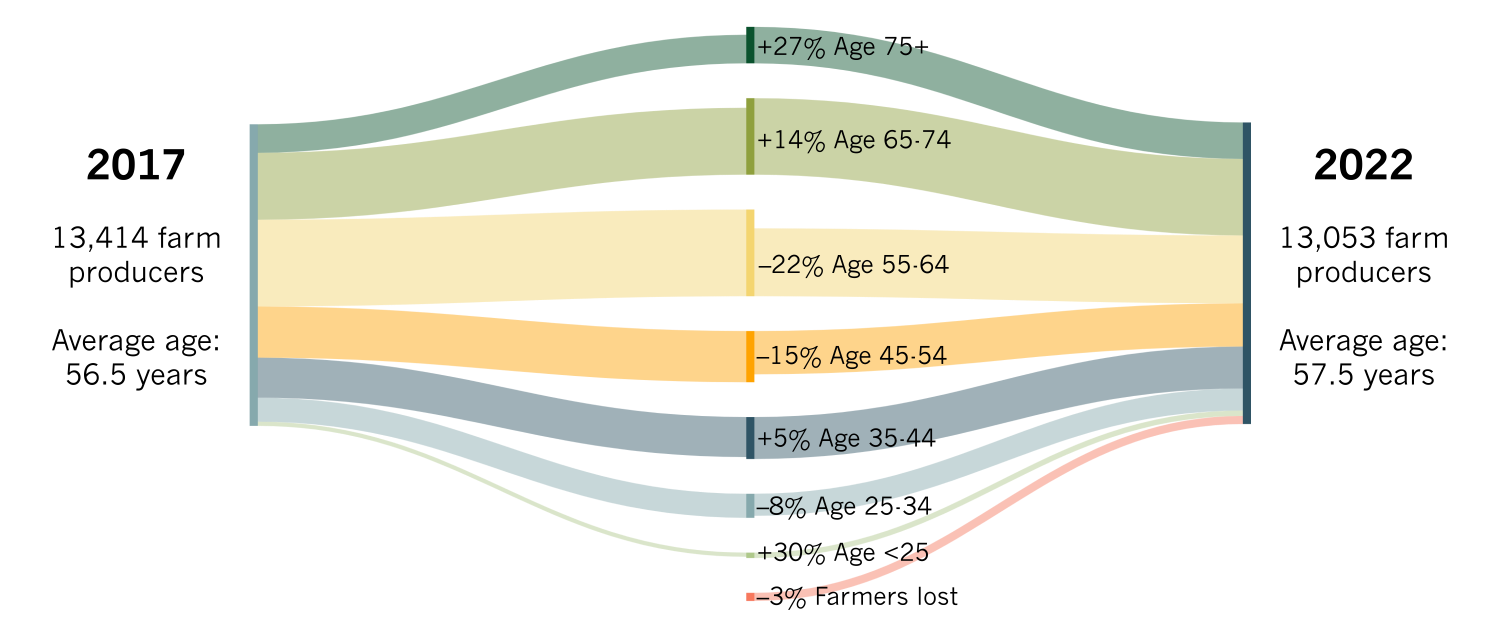
While the number of Maine farmers decreased from 13,414 in 2017 to 13,053 in 2022, the proportion of female farmers is mostly holding steady, and there was a slight increase in the number of farmers of color.
The proportion of female farmers is higher in Maine than the rest of the country. Nationally, female farmers represent 36% of producers, while in Maine 43% of producers are female.
In 2022 there were increases in the numbers of farmers of color in Maine in almost every racial group, with the exception of a decrease in the number of farmers who are Black or African American.
While the number of farm businesses, farmers, and farmland acres in production are declining – they don’t have to be if we take action! Together we can grow a landscape and economy where Maine farms aren’t just surviving, but thriving. Here are a few of the solutions we’re working toward at MFT. Read on to find out how you can grow the future of Maine farms with us!
You can help Maine farms to thrive by becoming a member of Maine Farmland Trust, where your support fuels our Farmland Protection & Farmland Access programs, our Farm Network programs that help farms grow and transition their businesses, and our Policy & Research advocacy to increase farm-friendly public policies & programs. And you can continue to take action with us by contacting your elected officials (including those in Washington DC who are working on the next Farm Bill, showing up in support of farms and farmland protection when issues affecting agriculture are discussed in your town, and providing testimony on important state bills that affect Maine farms. The 2024 State Legislative session is well underway – learn about our 2024 state policy priorities here, and sign up to receive our policy action alerts here.
Sign up for our monthly email newsletter.